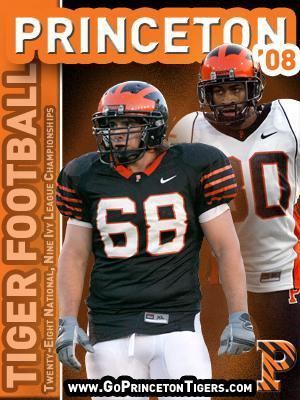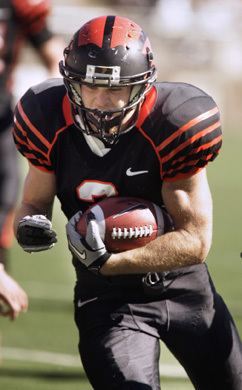First season 1869 All-time record 791–369–51 (.674) Athletic director Mollie Marcoux | Seating capacity 27,773 Claimed nat'l titles 28 Division Division I (NCAA) | |
 | ||
Arena/Stadium Princeton University Stadium | ||
Meet the 2016 princeton tigers football team
The Princeton Tigers football program represents Princeton University and competes at the National Collegiate Athletic Association (NCAA) Division I Football Championship Subdivision (FCS) level as a member of the Ivy League. Princeton’s football program—along with the football program at nearby Rutgers University—is the oldest in the world. The schools competed in American football's first intercollegiate contest in 1869.
Contents
- Meet the 2016 princeton tigers football team
- First football game
- Early history
- Formation of the Ivy League
- NCAA Division I subdivision split
- Recent history
- Palmer Stadium
- Princeton University Stadium
- Practice facilities
- References

First football game
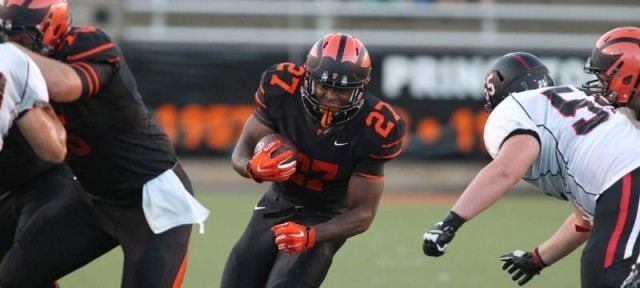
Students from The College of New Jersey (now Princeton University) traveled to New Brunswick, New Jersey on November 6, 1869 to play Rutgers College (now Rutgers University) in a new variant of rugby called football. Rutgers won the inaugural game 6 runs to 4 runs. A week later, Rutgers students traveled to Princeton, New Jersey for a rematch, which Princeton won.
Early history
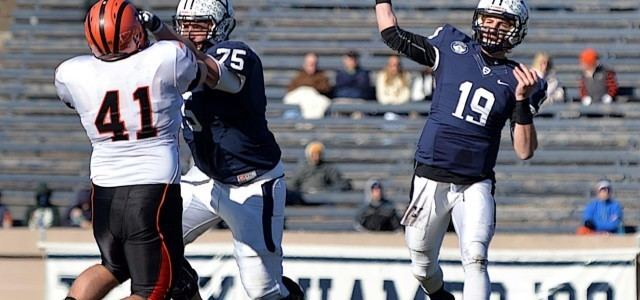
Due in part to their invention of the sport, the Tigers were one of the dominant forces in the early days of intercollegiate football, winning 22 of the first 40 national titles (between 1869 and 1909). As the sport transformed at the hands of figures like Penn's John Heisman and Yale’s Walter Camp and more schools began competing, Princeton and the rest of the eventual Ivy League faded out of national championship contention. The Tigers won their last national championship in 1950 when Dick Kazmaier, the 1951 Heisman Trophy winner, was a junior.
Formation of the Ivy League

When Princeton joined Brown, Columbia, Cornell, Harvard, and Yale Universities, Dartmouth College, and the University of Pennsylvania in formally organizing the Ivy League athletic conference in 1955, conference rules prohibited post-season play in football. (Princeton never competed in the post-season.) The policy further insulated Princeton and the Ivy League from the national spotlight. Despite an undefeated season in 1964, Princeton was not among the top 10 teams in the season-ending AP Poll.
NCAA Division I subdivision split
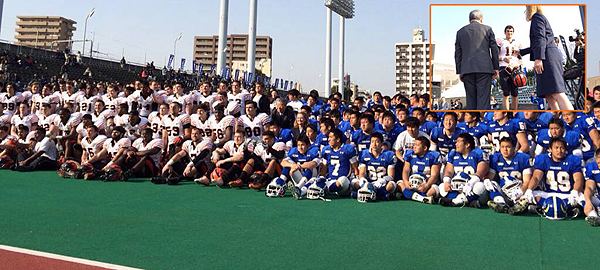
The NCAA split Division I collegiate football into two subdivisions in 1978, then called I-A for larger schools, and I-AA for the smaller ones. The NCAA had devised the split, in part, with the Ivy League in mind, but the conference did not move down for 4 seasons. Unable to play competitively against long-time rival Rutgers anymore, Princeton stopped scheduling them as a football opponent after 1980. Then in 1982 the NCAA created a rule that stated a program’s average attendance must be at least 15,000 to qualify for I-A membership. This forced the conference’s hand, as only some of the member schools met the attendance qualification. Choosing to stay together rather than stand their ground separately in the increasingly competitive I-A subdivision, the Ivy League moved down into I-AA starting with the 1982 season. Despite often finishing its seasons ranked in the championship subdivision, Princeton cannot play in the NCAA Division I Football Championship per Ivy League rules.
Recent history
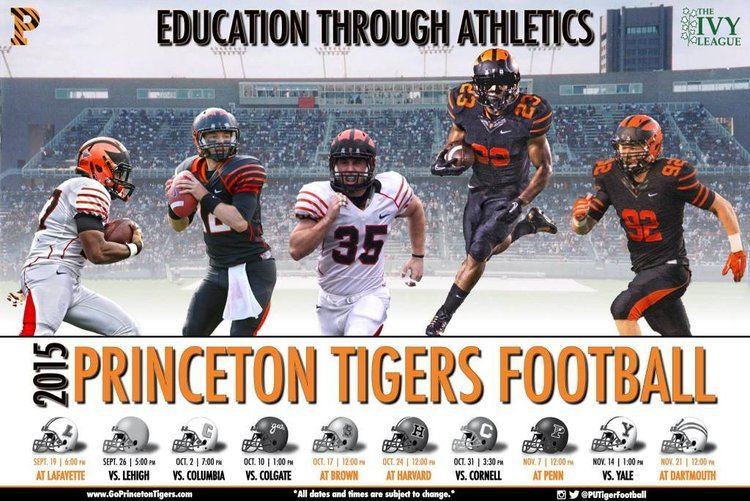
Since the formation of the Ivy League, Princeton has achieved moderate success on the gridiron, with eleven Ivy League championships, three outright and eight shared, 10 Big Three championships since 1955. Most recently, Princeton instituted a head coaching change as ten-year coach Roger Hughes was replaced by Cincinnati Bengals assistant offensive line coach Bob Surace. Surace was an All-Ivy league center at Princeton and graduated in 1990. Beginning in 2018 Princeton will play Penn in their final game, intensifying the already heated rivalry between these two neighboring Ivy League schools.
Conference championships: 1957, 1963, 1964, 1966, 1969, 1989, 1992, 1995, 2006, 2013, and 2016.
Palmer Stadium

In 1914, Princeton built Palmer Stadium, the third college football stadium ever built and what was the second oldest standing college stadium until its demolition in 1996. Palmer Stadium was modeled after the Greek Olympic stadium and seated 45,750 spectators. In the 1990s the university decided to demolish it for a new stadium rather than undertake a long and expensive renovation process, as Harvard had with its stadium in 1984.
Princeton University Stadium

During the construction of the new stadium, the Tigers played a season of nine away games, plus a homecoming game against Yale at Giants Stadium in 1997. Princeton University Stadium opened on September 19, 1998 and seats 27,773. After eight years of natural grass fields, FieldTurf artificial playing surface was installed for the 2006 football season and named "Powers Field" in honor of William C. Powers, Princeton class of 1979, who was an All-Ivy punter for the Tigers and donated $10 million to the football program that year.
Practice facilities
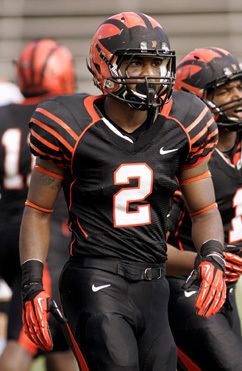
The Finney-Campbell practice fields to the east of Princeton University Stadium have been outfitted with FieldTurf. They consist of nearly 1,600 square feet (150 m2) of playing surface, with two full football fields and lines for men’s and women’s lacrosse.

